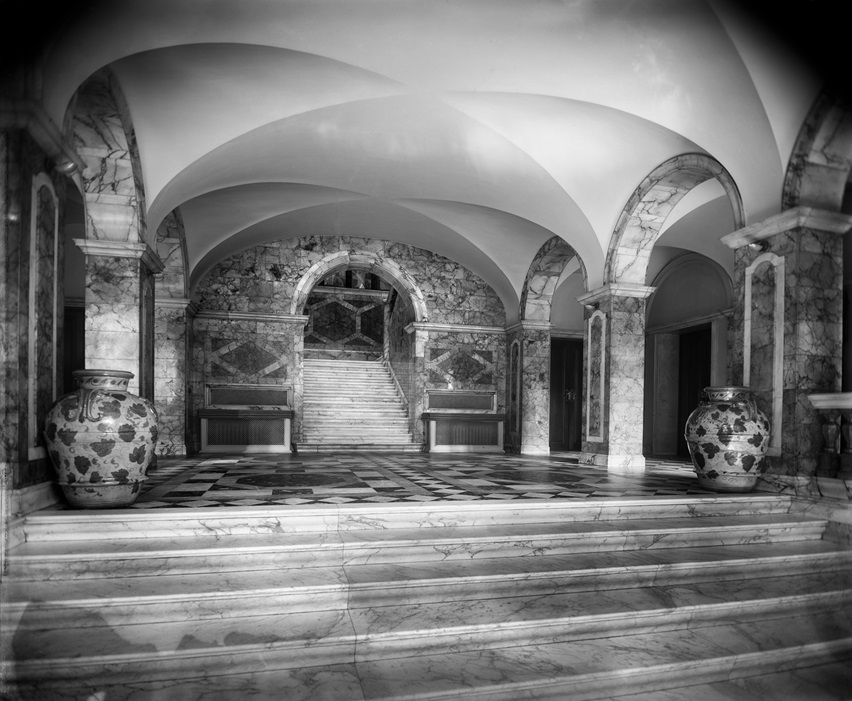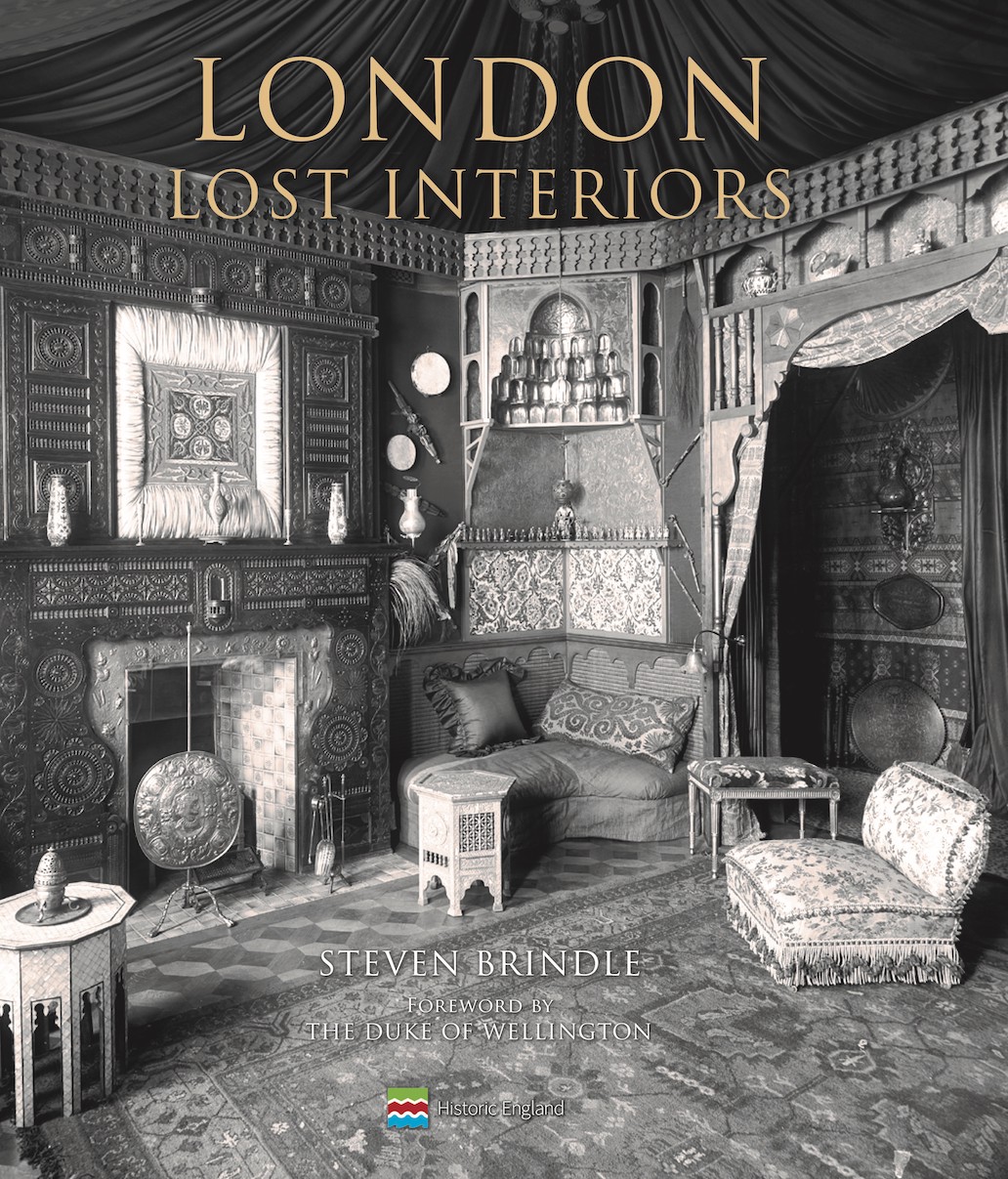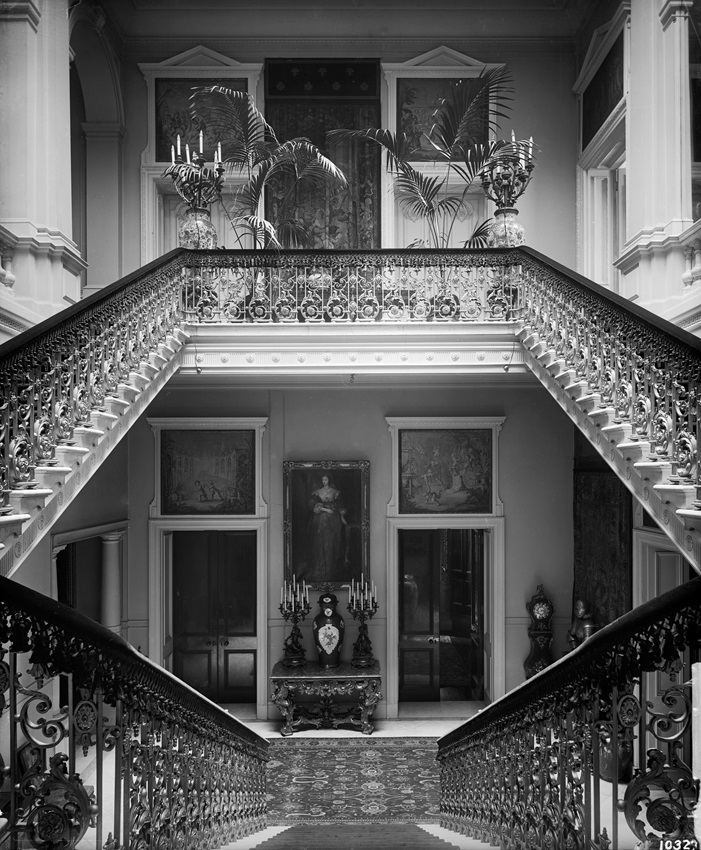
London: Lost Interiors is a new book from architectural historian Steven Brindle featuring the work of over a hundred of the 19th and 20th century’s most influential architects alongside unseen photos of the private homes of 20th century London. The new monograph is a fascinating foray into the interior life of London, charting changing tastes, emerging styles and the shifting social history of grand houses in the heart of a fast-changing city.
Featuring 650 unseen black and white historic photographs from the Historic England archives, London Lost Interiors is a window into a lost world that reveals changing tastes in architecture and design from the Victorian age of Empire and excess right through to the post war years of modernism and austerity; and introduces never before seen photos of work by London’s leading architects alongside modern design innovations including the first houses to feature electric light, private passenger lifts, plate-glass windows, sheet-cut marble, chrome, fluorescent lighting, aluminium-foil ceilings, glass bricks, modern bathrooms and so much more.

London: Lost Interiors features unseen images of some of the original grand houses that gave their names to London’s most luxurious hotels including Grosvenor House Hotel and The Dorchester; interiors of royal and aristocratic residences including Clarence House and White Lodge in Richmond; interiors designed to house priceless collections of art by Rosetti, Botticelli, Rubens, Reynolds, Sargent, Titian; and rooms decorated by artists Paul Nash, Eric Gill, Roger Fry, and Rex Whistler.
From the grand houses frequented by aristocracy to tiny art deco apartments at the vanguard of inter-war modernism, London: Lost Interiors is a window into London life from 1880-1940 before many of these magnificent interiors were destroyed or stripped out and lost forever.
The book features unseen interior designs, wallpapers, fabrics, soft furnishings and architectural features from some of the most famous designers, artists & architects of the 19th and 20thcentury including William Morris, Lutyens, Colefax & Fowler and Liberty.
The book also provides a pictorial journey through the history of 19th and 20th century design covering Gothic Revival, Renaissance Revival, Rococo Revival, Tromp L’oeil the Arts and Crafts Movement, the Aesthetic Movement, Modernism and Art Deco.

For most of the period covered by the book, 1880-1940, London was the richest city in the world, capital of the largest empire in history, and the centre of a society of extraordinary vitality and complexity. At the time domestic architecture and interior design carried layers of significance and meaning which have since diminished. For the Victorians, Edwardians and the inter-war generations, homes were a chief visible expression of their place in society.
Interior design emerges from the book as a major art-form – one controlled by the clients as much as by the designers – the photographs the only record of the most fugitive and fragile of mediums. While 19th and 20thcentury London emerges as a multicultural melting pot with many of the interiors commissioned by wealthy clients from India, America, Greece, France, sand Spain living in London. Alongside British clients choosing to transform their homes with specially designed oriental interiors to house objects brought back from their time in the Colonies and to remind them of their travels to the Far East.
London, Lost Interiors is a follow up to Atlantic Publishing’s hugely popular book Lost London and is published by Atlantic Publishing, Croxley Green. It is available from RIBA Books, Amazon and other book stores retailing for £38.








